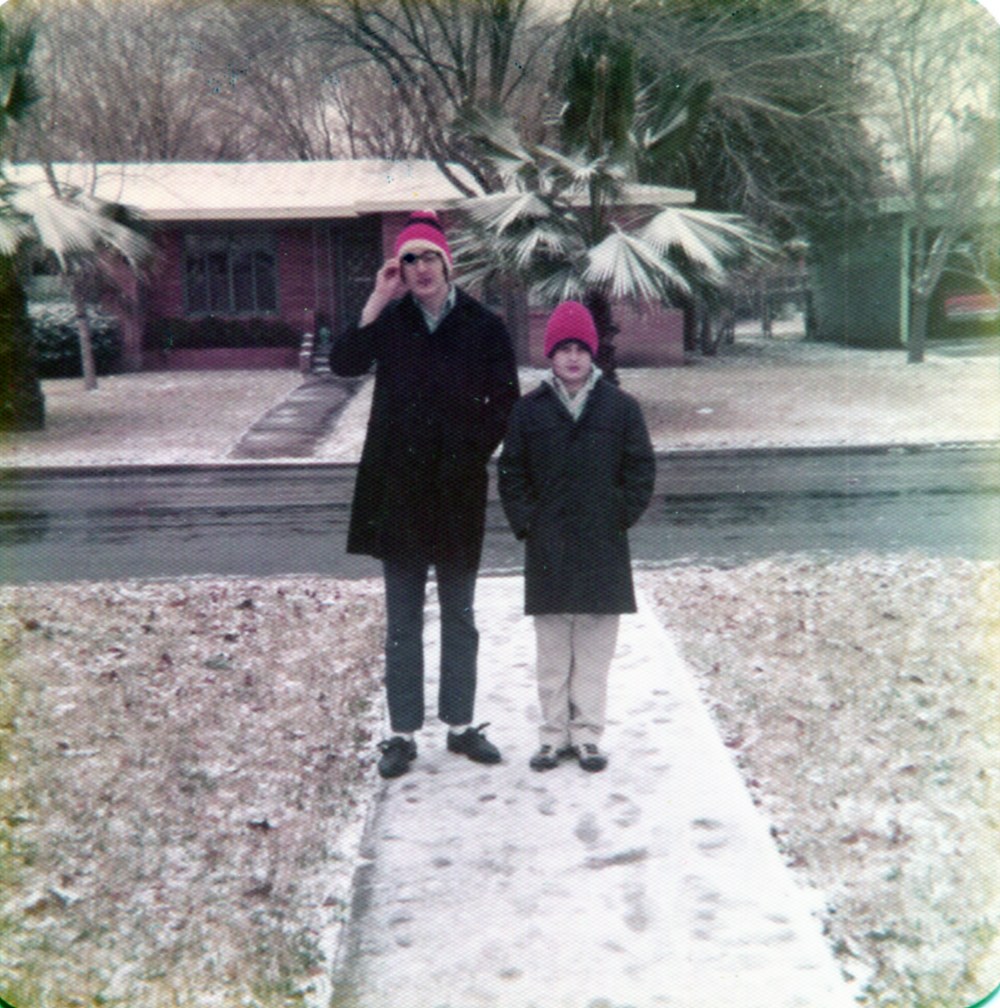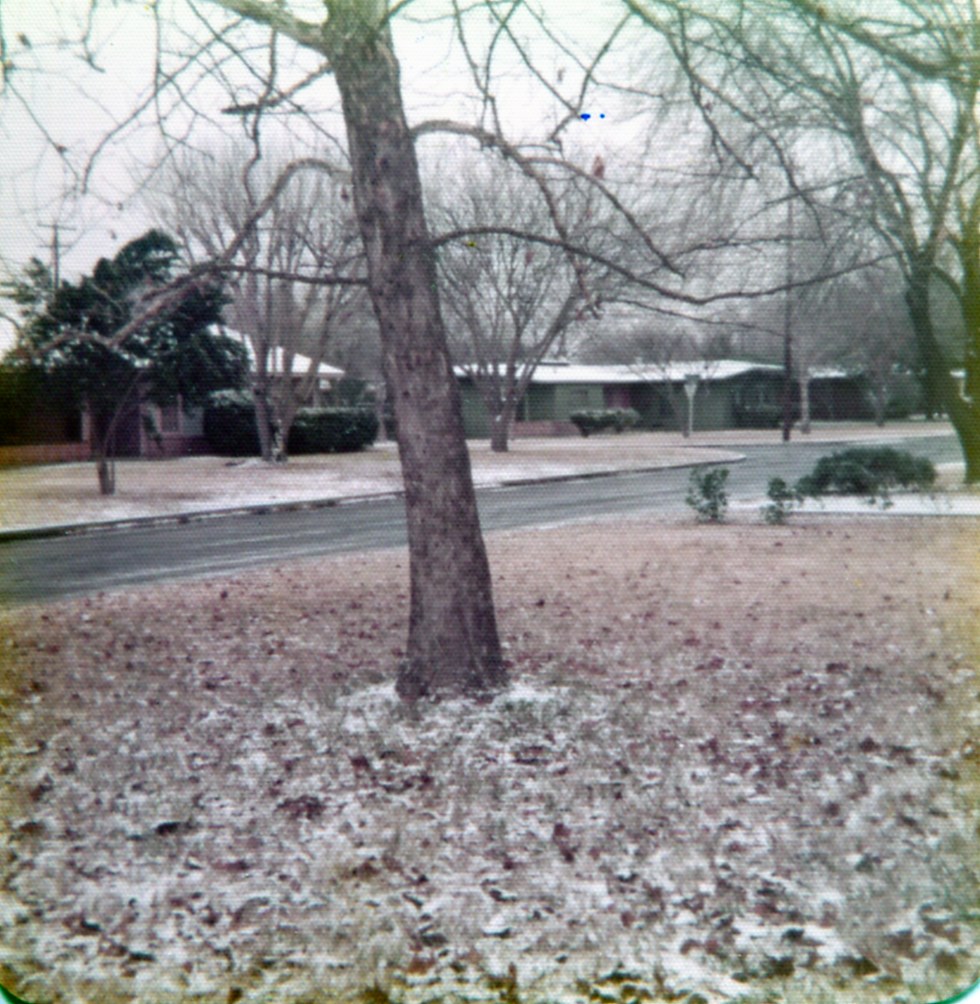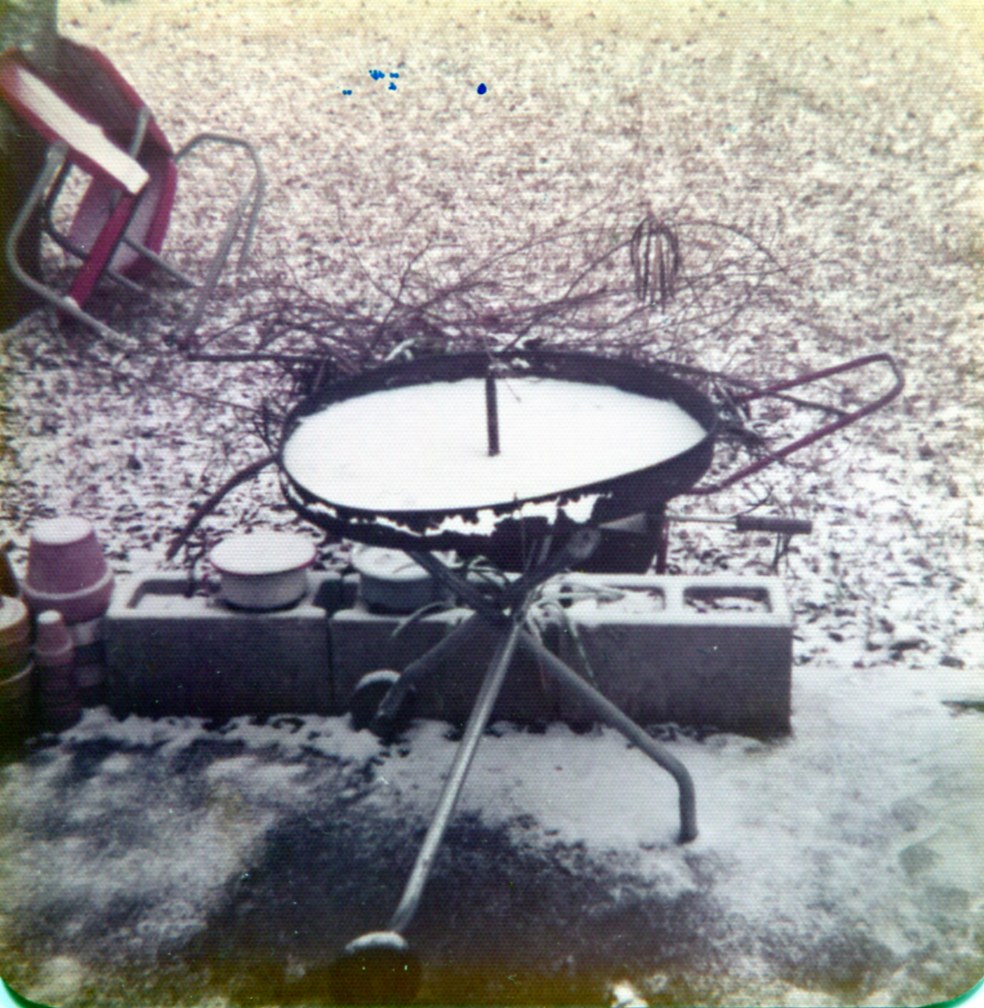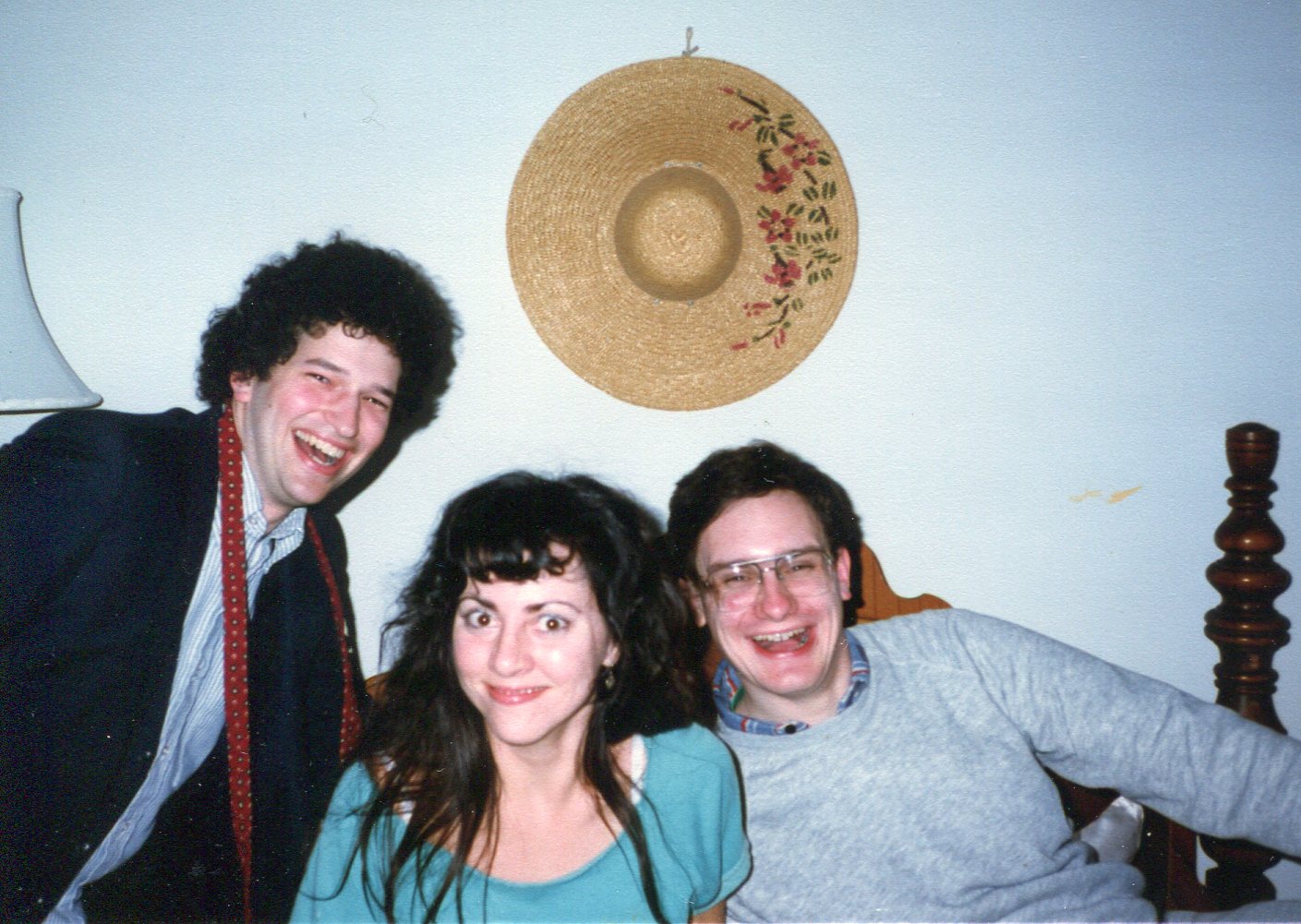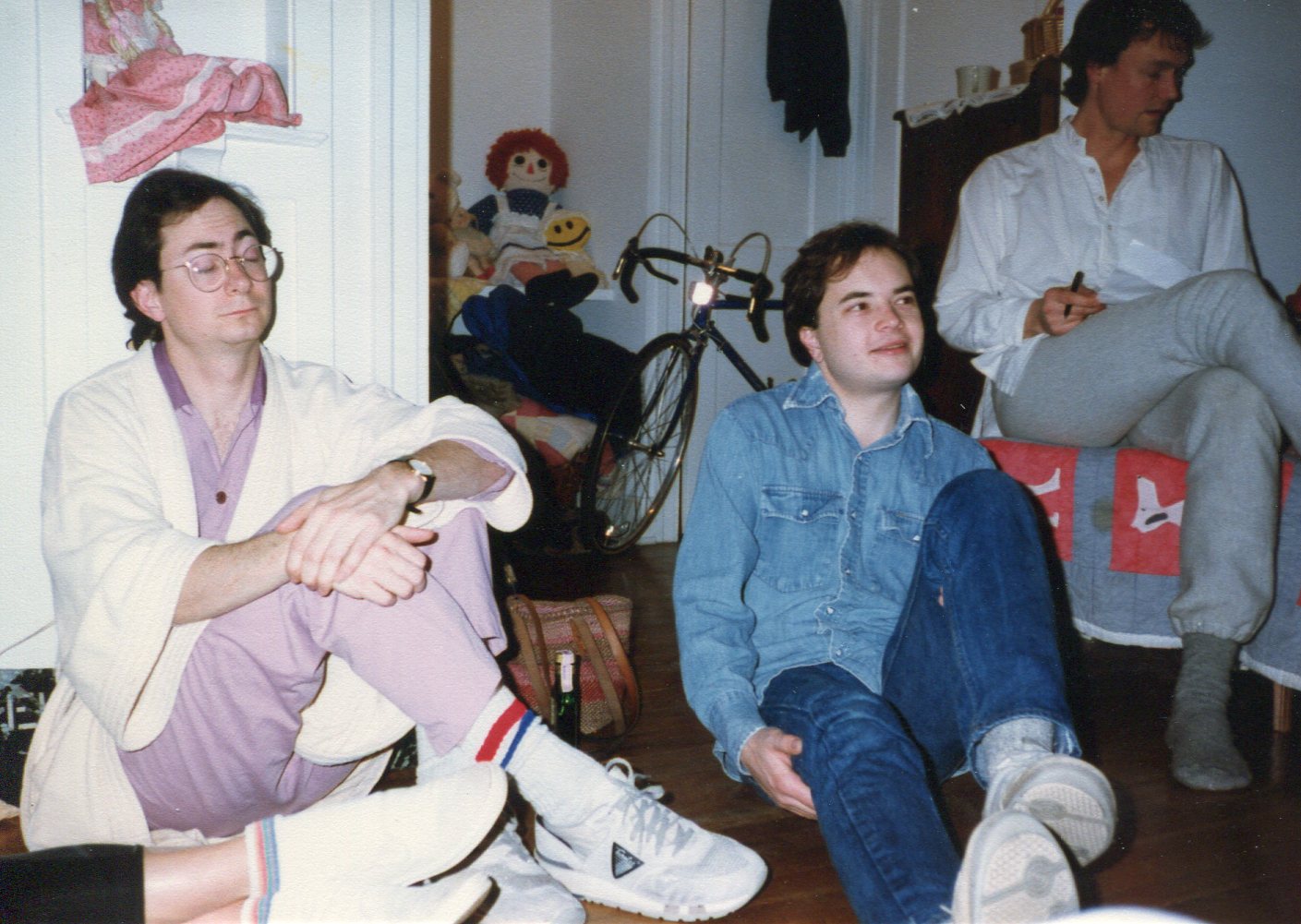Just showing off. This week I thumbed through my beaten-up copy of The Book of Lists (1977), and came across its list of long words. Such as Lopadotemachoselachogaleokranioleipsanodrimhypotrimmatosilphioparaomelitokatakechymenokichlepikossyphophattoperisteralektryonoptekephalliokigklopeleiolagoiosiraiobaphetraganopterygon. These days, that word has its own Wiki page. As is probably should.
 It’s been years since I looked at the book, but looking again I can see why it was a mammoth bestseller. It’s one of the best browsing books that I know of, and the godfather of the slide show and the listicle. The back cover promises: the 10 worst films of all time; 7 famous men who died virgins; 10 sensational thefts; 15 famous event that happened in a bathtub; 20 famous high school dropouts; 9 breeds of dogs that bite the most; 10 doctors who tried to get away with murder; the 14 worst human fears; and much, much more! That last one’s no hype. The book comes in at 519 pages with fairly dense text.
It’s been years since I looked at the book, but looking again I can see why it was a mammoth bestseller. It’s one of the best browsing books that I know of, and the godfather of the slide show and the listicle. The back cover promises: the 10 worst films of all time; 7 famous men who died virgins; 10 sensational thefts; 15 famous event that happened in a bathtub; 20 famous high school dropouts; 9 breeds of dogs that bite the most; 10 doctors who tried to get away with murder; the 14 worst human fears; and much, much more! That last one’s no hype. The book comes in at 519 pages with fairly dense text.
The male virgins, incidentally, are on page 321, a list based on conjecture (and weaselly calling them “full-time or part-time” virgins). More accurate would be a list of historical figures suspected of long periods of celibacy, but that kind of phasing wouldn’t get enough eyeballs, to put it in modern terms. On the list: Isaac Newton, Immanuel Kant, Louis XVI, John Ruskin, George Bernard Shaw, Havelock Ellis, Adolf Hitler.
Another interesting list, more-or-less at random: Top 10 Air Aces of World War I. Of course, everyone’s heard of the number-one ace, Rittmeister Manfred von Richthofen, one way or another. But what about number 2 and 3 — a Frenchman and Briton, respectively? That would be Capt. René Fonck and Maj. Edward Mannoch. (Though Wiki puts Mannoch at number 5.)
And one more fun one: people who became words. Bloomer, Bowdler, Boycott, Braille, Chauvin, Diesel, Guillotin, Lynch, Nicot, Quisling, Sacher-Masoch, and of course John Montagu, the Earl of Sandwich.



